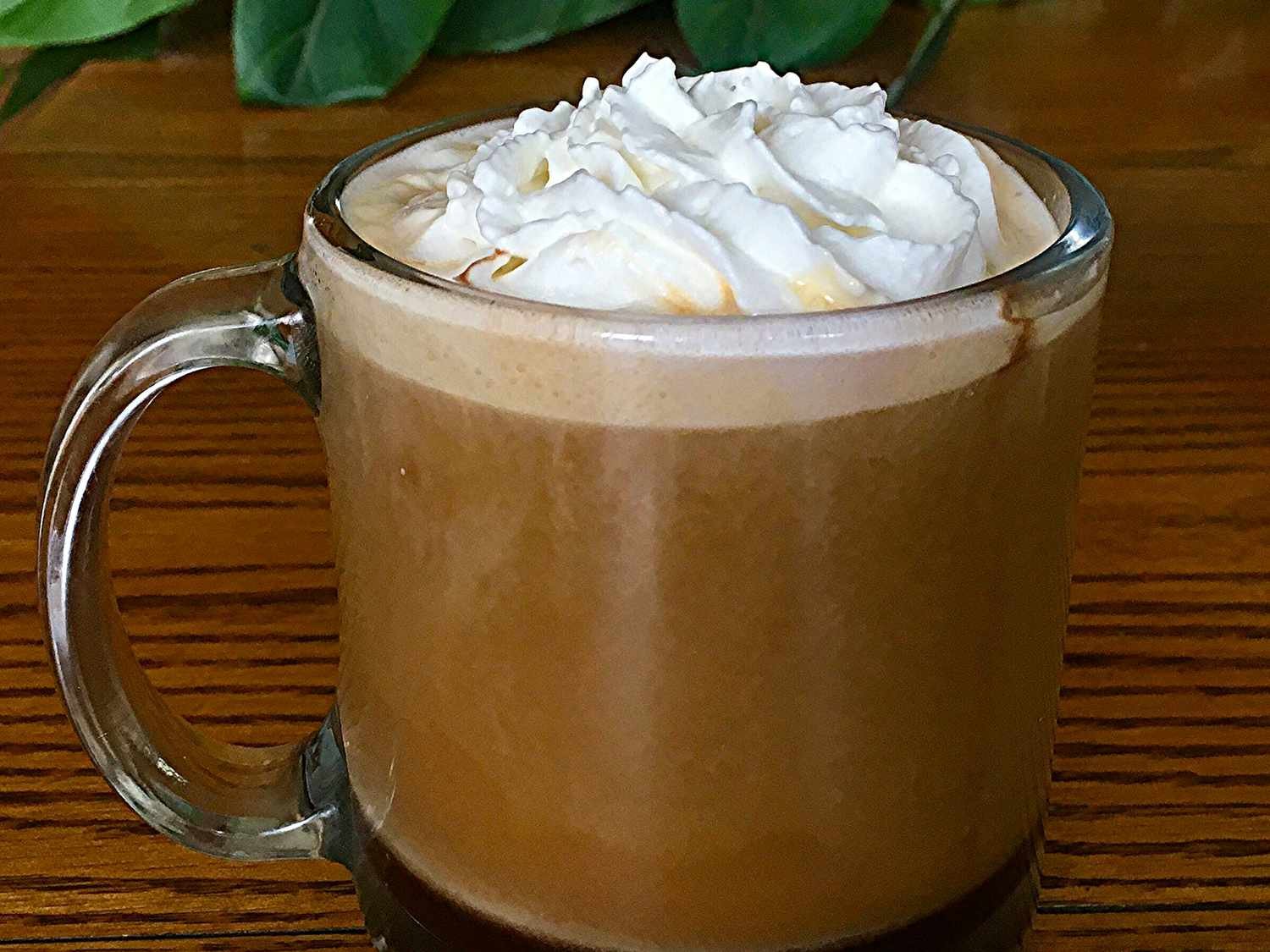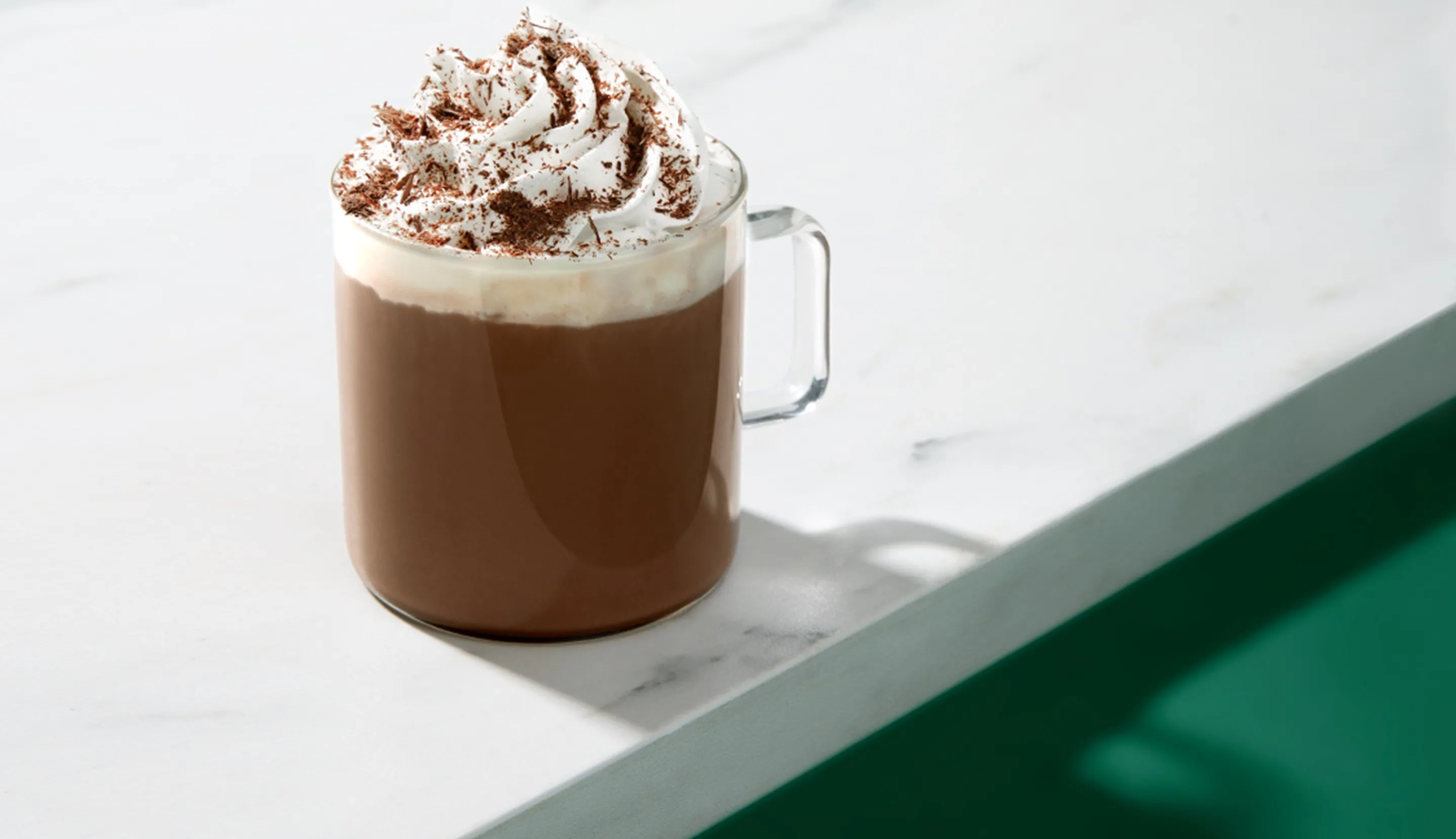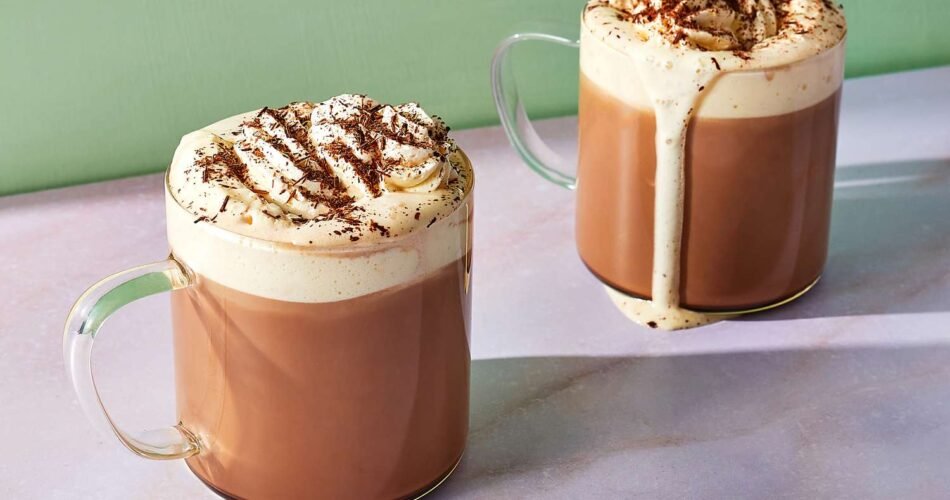What does mocha taste like? This is a question that tickles the palate of any coffee enthusiast or chocolate aficionado who encounters the name. But it’s not just a simple answer; the truth is, mocha’s flavor is as rich and complex as its history.
What Is Mocha?
Mocha, in its most widely recognized form today, is a delightful concoction that merges the robust depths of coffee with the luxurious decadence of chocolate. Originally, the term mocha referred to a specific type of coffee bean from the port town of Al Mokha in Yemen. But over time, ‘mocha’ took on new meaning as cultures around the world blended the coffee with chocolate. This fusion typically involves espresso, steamed milk, and chocolate, often sweetened and garnished with whipped cream or cocoa powder.
What Does Mocha Taste Like? The Answer
Mocha tastes like a warm, inviting embrace where the boldness of coffee meets the comfort of chocolate. Imagine the first sip, where an initial hit of coffee bean bitterness gallantly steps aside for the creaminess of milk and the velvety luxury of melted chocolate. It’s a zephyr of flavors that dances harmoniously on my tongue, creating a bittersweet symphony that caters to adult sensibilities while evoking childhood nostalgia.
Many people wonder what mocha tastes like because of its unique position between a beverage and a dessert. The very word ‘mocha’ can conjure images of cozy winter evenings or sophisticated café escapades. It’s this versatile nature that makes one curious about the taste, which is as fitting for an elegant dessert course as it is a kickstarter for a sluggish morning.

Variations in Taste of Mocha
The taste of mocha can vary widely depending on the region, personal preference, and preparation methods. In Italy, they often prefer a stronger espresso base, making the mocha taste more intense and coffee-forward. Meanwhile, American versions might be sweeter and more chocolatey. For an in-depth look at regional variations, I often browse resources like CoffeeBean’s exploration of mocha.
Seasonal variations also play a part in the mocha’s taste. During the holiday season, it’s not uncommon to see peppermint mochas that add a fresh, minty twist to the traditional flavors. Autumn might bring a blend of pumpkin spice, merging two of the season’s most emblematic flavors, creating a cornucopia of warmth and spice.
Diving into the specific varieties of mocha, we notice its versatility. Here are a few examples:
- White Mocha: Swapping out traditional chocolate for white chocolate offers a sweeter, creamier profile.
- Dark Mocha: Using dark chocolate intensifies the bitterness, enhancing the coffee’s robust nature.
- Spiced Mocha: Addition of cinnamon or nutmeg can incorporate an aromatic warmth to the mocha.
Nutritional Benefits of Mocha & Impact on Taste
While mocha can be a decadent treat, it also holds certain health benefits, particularly from the antioxidants found in dark chocolate and the stimulating properties of coffee. Some studies, like those found on Healthline, suggest benefits such as improved brain function and lowered risk of heart disease, when consumed in moderation and without excessive sugar.
These health aspects of mocha might influence perceptions of taste. Knowing that a treat is also providing some benefit can enhance my enjoyment, making every sip feel not just indulgent but also somewhat justified. That said, the taste is paramount; I believe that the health benefits are just the cherry on top of an already delectable beverage.

Mocha in Culinary Uses
Mocha is not only popular as a beverage; its distinct flavor also makes it a beloved addition in the culinary world. Pastries, cakes, and even savory dishes that utilize a mole sauce can benefit from a touch of mocha to add complexity and richness. In my experience, mocha-infused desserts are particularly irresistible, yielding treats that satisfy the craving for both coffee and chocolate in one bite.
The flavor of mocha complements various ingredients, making it a versatile option for different cuisines. For example, in Mexico, the combination of chocolate and chili is traditional, and mocha can be a delightful base for experimenting with these flavors. Whether in a sweet or savory context, mocha can often be that secret ingredient that elevates a dish from good to unforgettable.
Acquiring and Preparing Mocha
Finding mocha products is easier than ever. Whether it’s a mocha syrup for homemade coffee beverages or a mocha-flavored chocolate for baking, these can often be found in local supermarkets or specialty stores. When shopping for mocha, I look for indicators of quality, such as the cocoa content in mocha chocolates or the origin of coffee beans in mocha blends.
Pairing Mocha with Other Flavors
Pairing mocha with other flavors can enhance its complex profile. Here are my personal suggestions:
- Fresh Berries: The tartness of berries contrasts beautifully with the sweet richness of mocha.
- Nuts: Earthy nuts can complement the chocolate and coffee flavors, adding texture and depth.
- Salted Caramel: A touch of saltiness with the sweet caramel highlights mocha’s bittersweet nature.
- Orange Zest: The zesty, citrus note can cut through the richness, bringing a refreshing twist.

Recipe: Simple Mocha Cupcakes
Indulge in the flavor of mocha with this easy cupcake recipe. To make Simple Mocha Cupcakes, you’ll need:
- 1 cup all-purpose flour
- 3/4 cup granulated sugar
- 1/2 cup cocoa powder
- 1 teaspoon baking soda
- 1/2 teaspoon salt
- 1 large egg
- 1/2 cup buttermilk
- 1/2 cup strong brewed coffee
- 1/4 cup vegetable oil
- 1 teaspoon vanilla extract
Final Words
To answer the lingering question, “What does mocha taste like?” I’ll say this: mocha tastes like the perfect union of coffee’s intensity and chocolate’s comfort – a rich and creamy indulgence with a sophisticated edge. Whether it’s sipped, savored in a dessert, or incorporated into a surprising savory dish, mocha’s distinctive flavor never fails to delight my taste buds. So next time you see a mocha on the menu, don’t hesitate to treat yourself to its layered complexity and savor every sip or bite.

